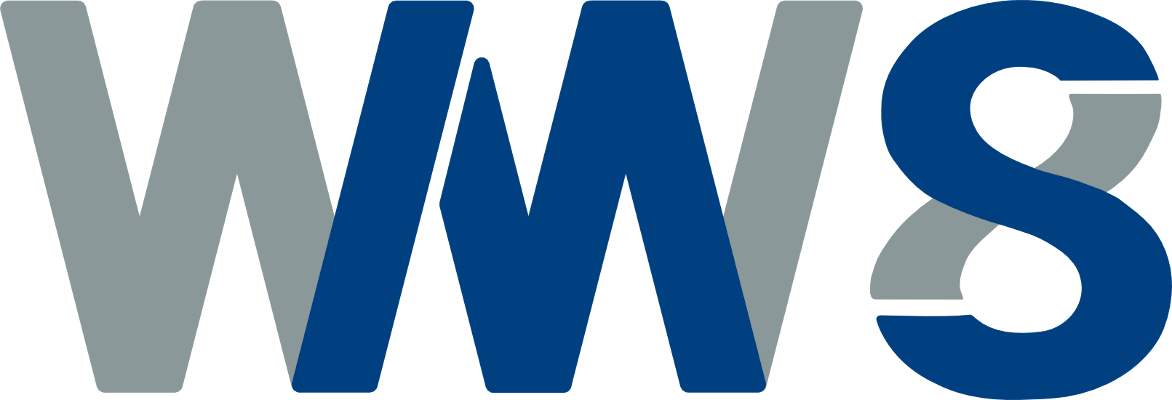A statistical approach to charaterize discrete dislocation data
Nina Gunkelmann
Institut für Technische Mechanik, TU Clausthal
Wednesday, 24.01.2018, 17:00
WW8, Room 2.018-2, Dr.-Mack-Str. 77, Fürth
The analysis of dislocation behavior is essential to understand the plastic deformation of metals and alloys at the microscale. We present the conversion method D2C which can be used for computationally characterizing discrete dislocation microstructure from various methods, e.g. MD simulations, TEM microscopy or tomography, continuum or DDD simulations. It allows to easily compute ensemble averages of data from several simulations and to examine the emerging dislocation density fields. By quantitatively analyzing different dislocation microstructures, we identify which initial configurations can adequately describe the dynamics of a system. Our data shows that a distribution of isolated FR sources – most often used as initial structure in DDD simulations – leads to artificial statistical properties of the microstructure.
Furthermore, we show how D2C can help to extract energy densities of discrete dislocation systems needed to describe the interaction of the defect microstrucure. By analyzing complex microstructure, for which elaborate continuum variables are required, we show which informations are relevant and which informations are lost in a continuum description. We show that for GND dominated systems the dislocation interactions are adequately described by the elastic strains from the classical linear eigen-distortion theory. For SSD dominated systems short-range contributions between adjacent slip planes cannot be captured by the continuum representation. Our approach can serve as foundation for systematic data mining and evaluation of continuum formulations.

